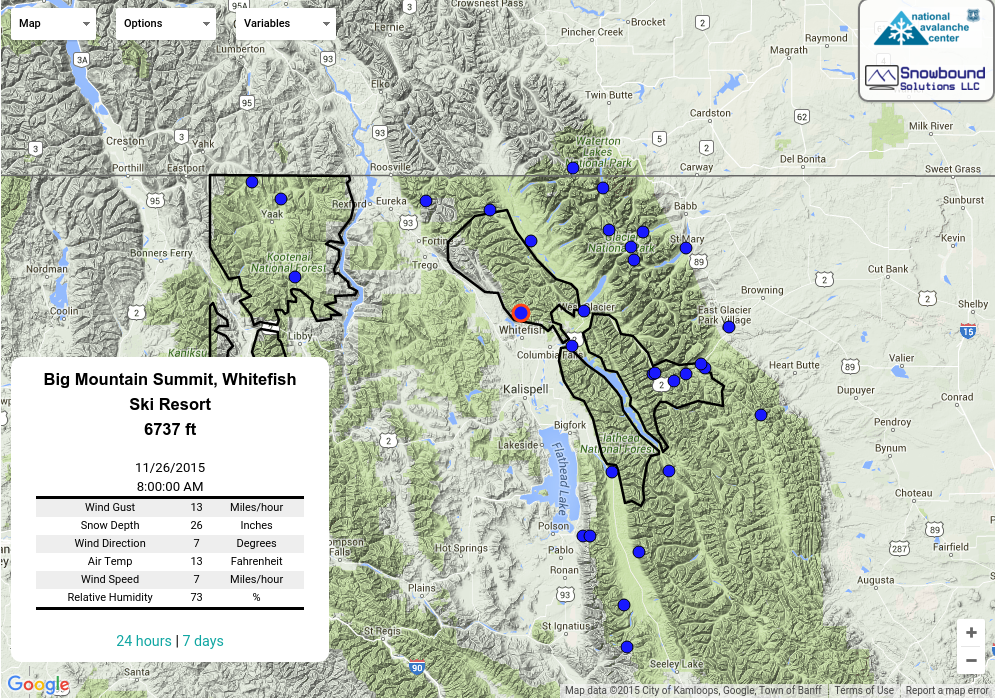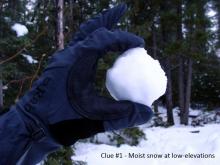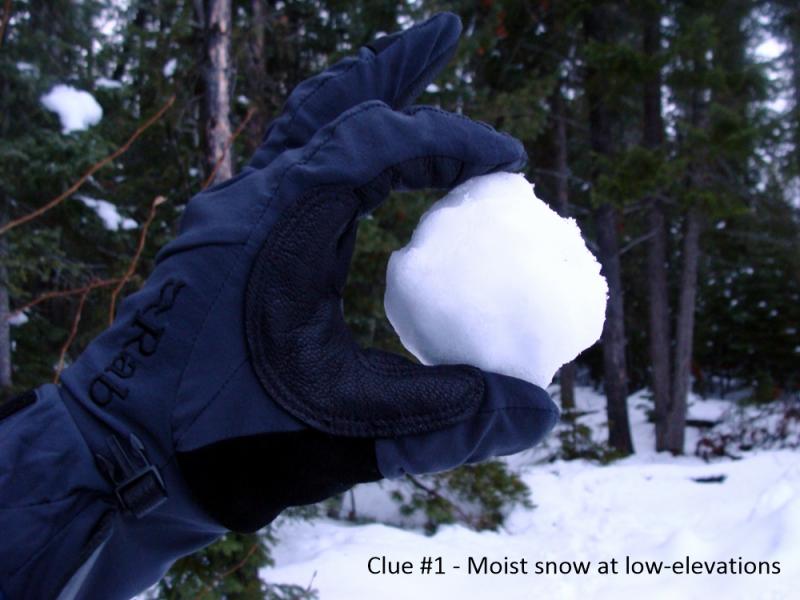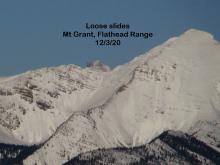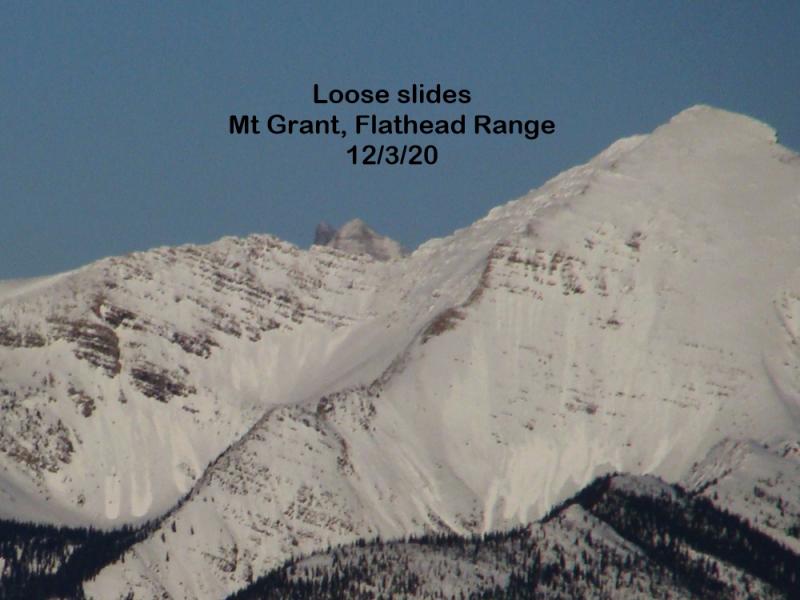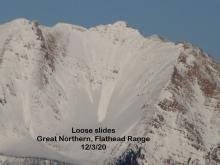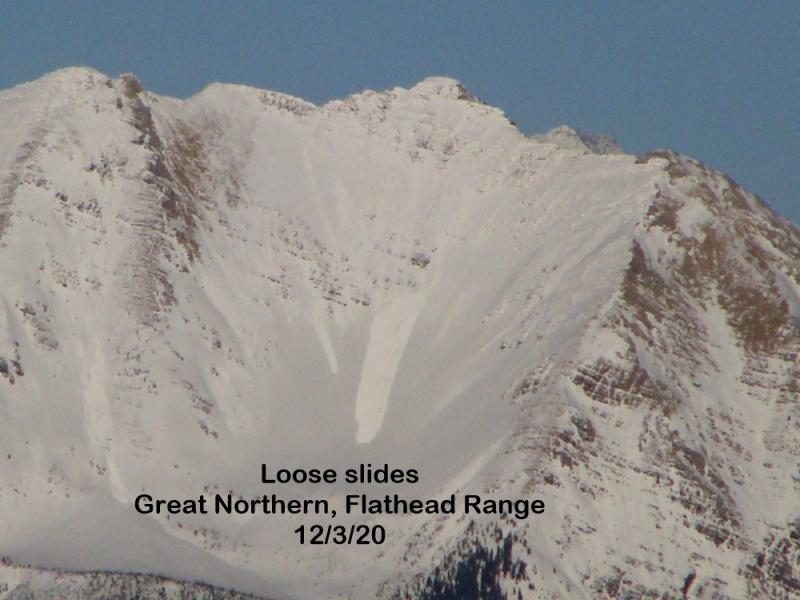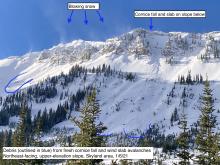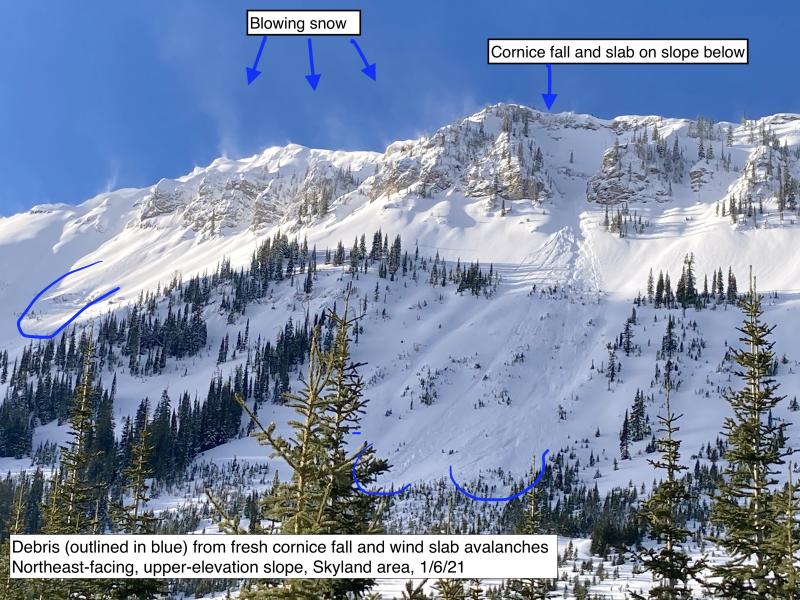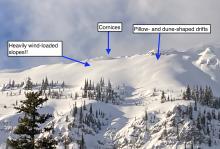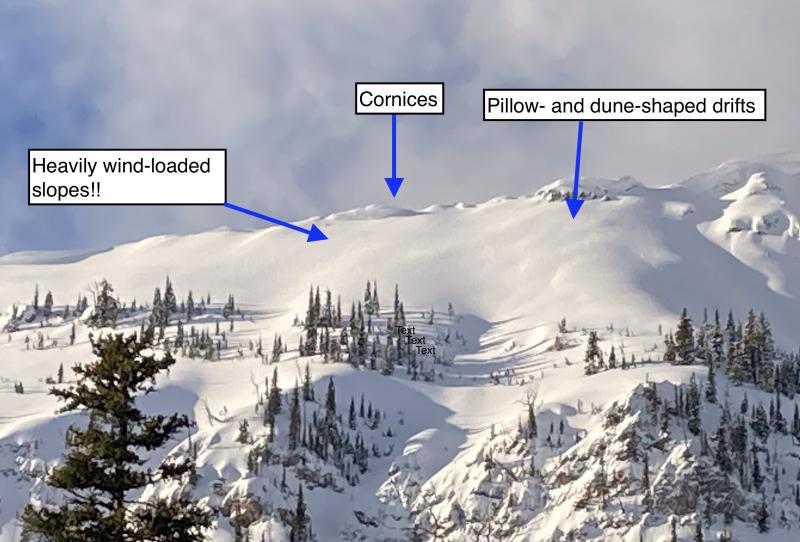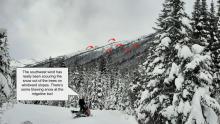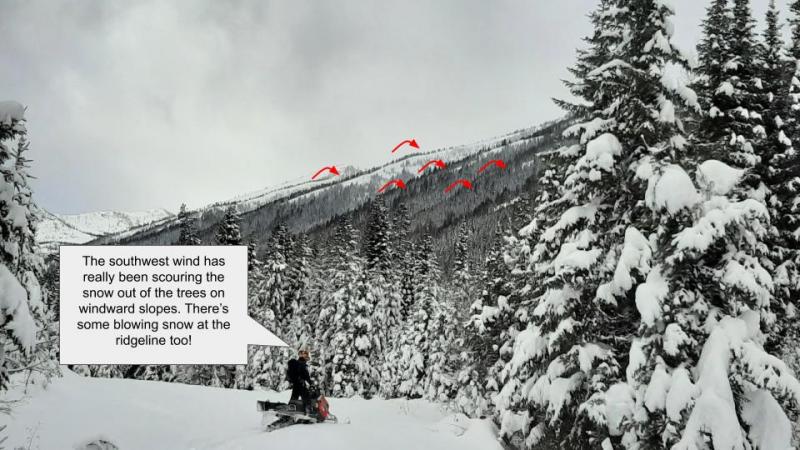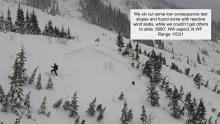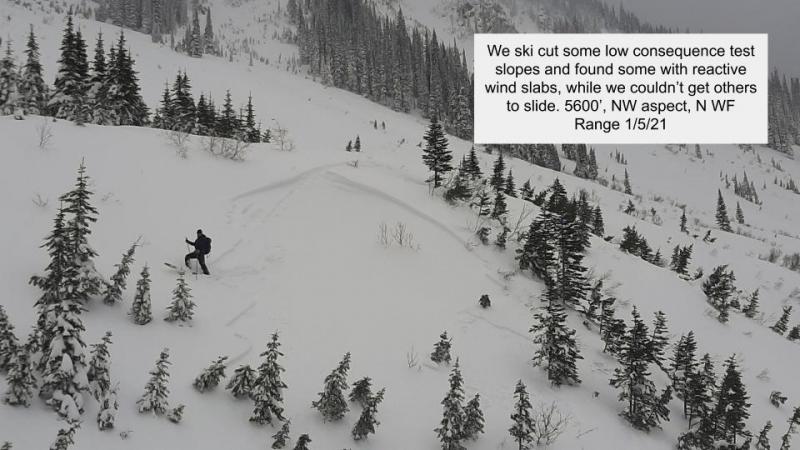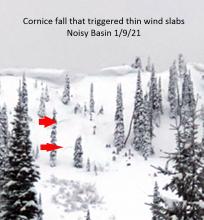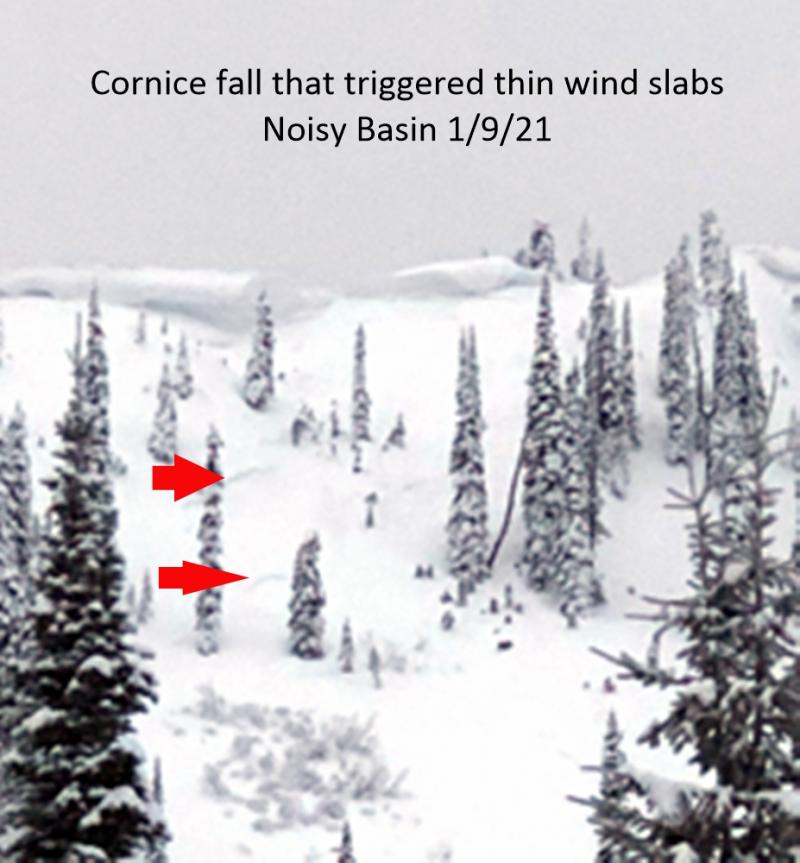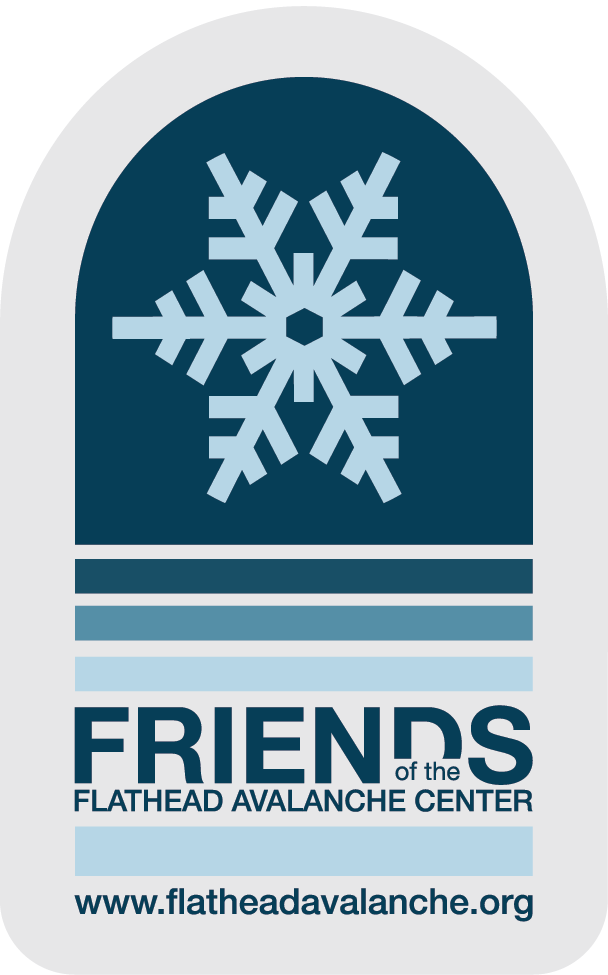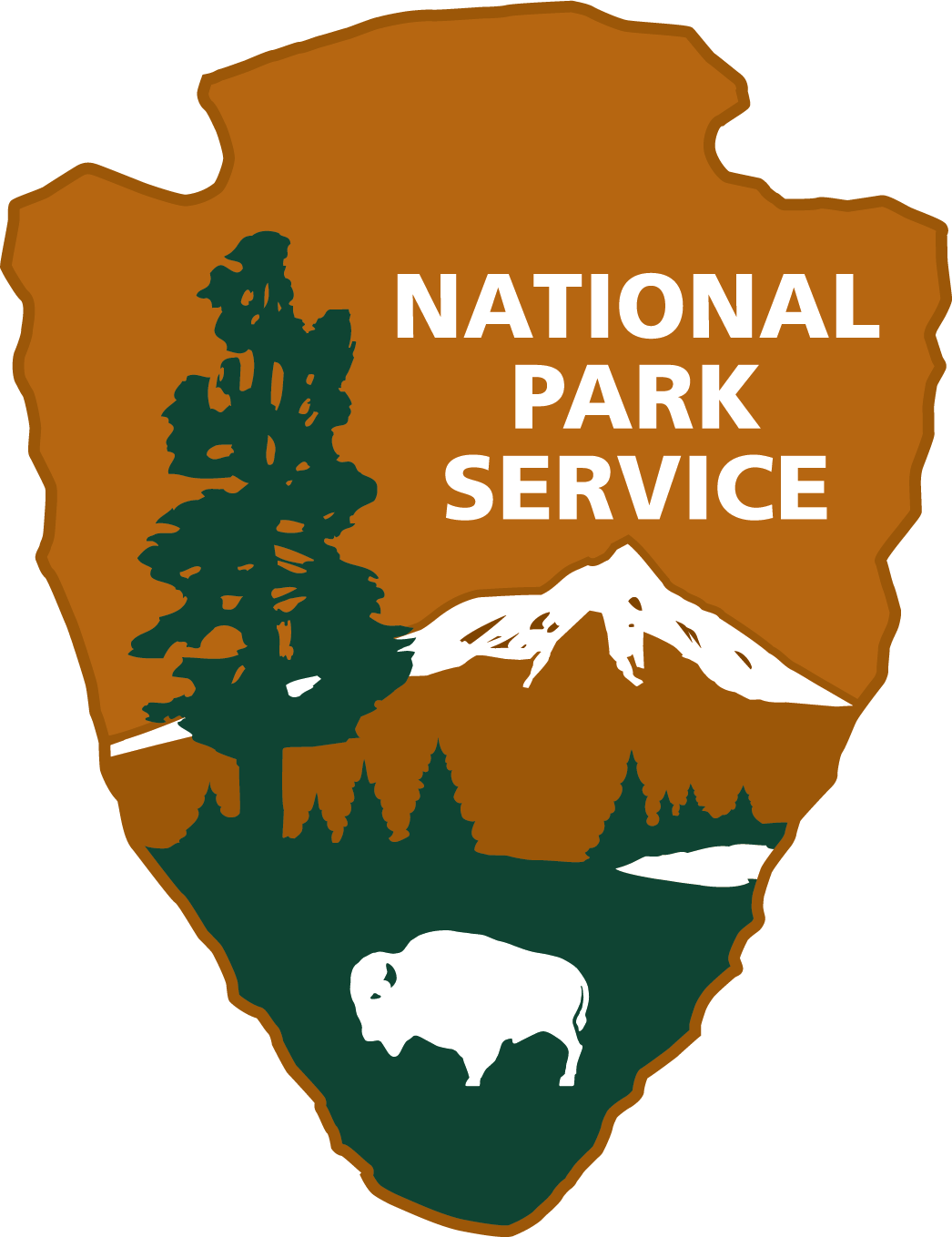| Monday | Monday Night | Tuesday | |
|---|---|---|---|
| Cloud Cover: | Continued cloudy conditions with cool air trapped below the cloud deck | Mostly cloudy with no precipitation and little fluctuation in temperatures. | Continued cloudy conditions with cool air trapped below the cloud deck |
| Temperatures: | 25 to 30 deg. F. | 23 to 28 deg. F. | 25 to 30 deg. F. |
| Wind Direction: | West | West | Southwest |
| Wind Speed: | 1 to 11 mph | 1 to 11 mph | 1 to 11 mph |
| Snowfall: | 0 in. | 0 in. | 0 in. |
| Snow Line: |
Whitefish Range
Swan Range
Flathead Range and Glacier National Park
How to read the forecast
The avalanche danger is LOW on all slopes due to a lack of recent snow. Continued warm sunny conditions will affect the surface snow resulting in a continued wet loose avalanche problem at middle and upper elevations. Isolated wind slabs exist on upper elevation slopes favored by wind loading. Evaluate the moisture content of the surface snow along with all wind loaded terrain before committing to a slope.

1. Low
?
Above 6500 ft.
1. Low
?
5000-6500 ft.
1. Low
?
3500-5000 ft.
- 1. Low
- 2. Moderate
- 3. Considerable
- 4. High
- 5. Extreme
-
Type ?
-
Aspect/Elevation ?
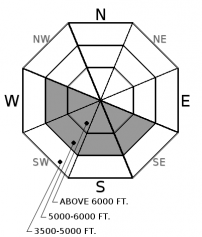
-
Likelihood ?CertainVery LikelyLikelyPossible
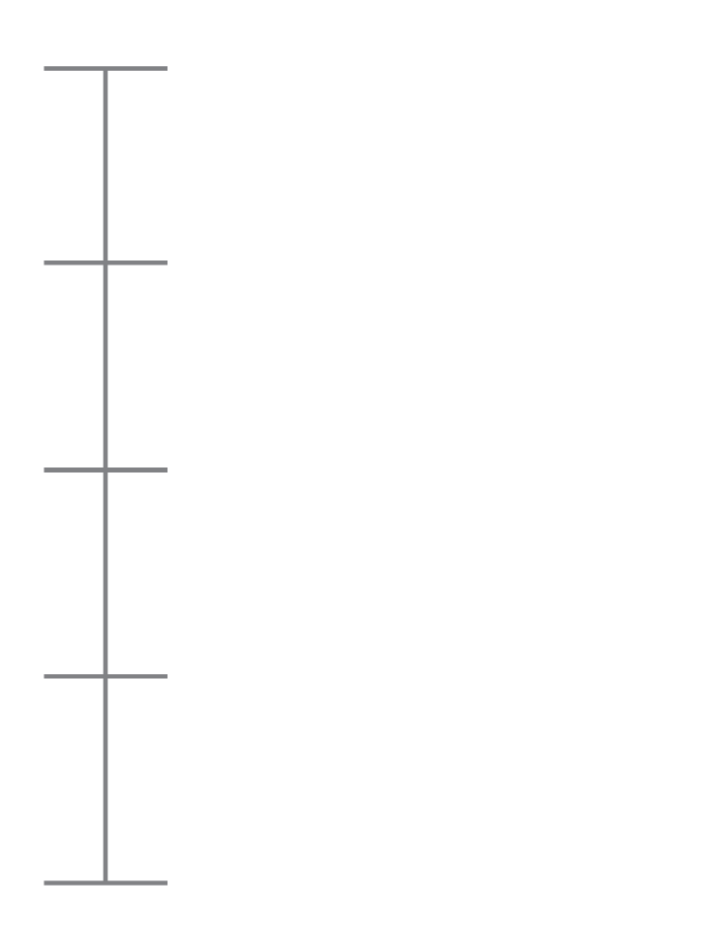 Unlikely
Unlikely -
Size ?HistoricVery LargeLargeSmall

Prior to the recent warming, our snow surface consisted of a 6-10" layer of low density snow perched on top of the slippery Thanksgiving rain crust resulting in a poor bond between the two layers. Yesterday was the third day of warm sunny weather which has moistened the snow surface on many sunny aspects resulting in both natural and human triggered wet loose slides. Middle elevation aspects seem to have been warmed the most with many locations having become "worked over" by the solar input with natural activity on the decrease. In some locations upper elevation sunny aspects still harbor dry surface snow which could be warmed by today's weather. Today, expect a wet loose avalanche problem on sunny aspects at middle and upper elevations which will become more likely this afternoon with warming temperatures. As the day progresses evaluate the moisture content of the new snow and be wary of skiing above terrain traps and in larger consequential terrain.
-
Type ?
-
Aspect/Elevation ?
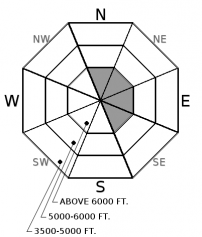
-
Likelihood ?CertainVery LikelyLikelyPossible
 Unlikely
Unlikely -
Size ?HistoricVery LargeLargeSmall

Due to a lack of recently wind transported snow our wind slab problem has decreased but we can't write it off just yet. Isolated slabs of windblown snow up to 12" in depth can be found on upper elevation leeward and cross loaded slopes (see this photo). These slabs are mostly shallow and small but in favored wind locations they may be larger. All of these slabs were deposited on top of the Thanksgiving rain crust which could act as a slippery bed surface (see this photo). These features are generally a week or more old and are stubborn to trigger, but lingering instabilities remain in locations where a thin layer of weak snow sits on top of the crust (see this photo). Getting caught in even a small slide could have significant consequences due to the thin snowpack and numerous exposed hazards. Look for rounded pillows of snow near ridgelines and recognize signs of instability such as cracking in the surface snow.
Today will be the fourth day of the classic Flathead Valley inversion of cloudy cool conditions in the valley floor and sunny warm conditions above the clouds. The Snowslip weather station in John F. Stevens Canyon is a great example of this upper elevation warming with recorded high temperatures of 47º F and 45º F at 7020' the past 2 days. The Pike Creek Snotel at 5980' near Marias Pass has been above freezing for the past 36 hours. The warm sunny weather has been a shock to our previously cool dry cohesion-less surface snow resulting in natural avalanche activity at middle and upper elevations. It appears that many middle elevation sunny aspects have been "worked over" and natural activity is on the decrease. However, there are upper elevation locations that still harbor cool dry surface snow which still have the potential for natural activity. This warm weather is also decreasing the cohesion of the surface snow on shaded aspects and triggering a dry loose slide is possible on steep slopes (see this photo). This weather is affecting our surface snow through the production of surface hoar and near surface faceted snow which will become a concern when stormy weather returns to our area later this week.
We encourage all of you to submit observations to help improve the quality of our product. Thanks.
Stable and dry conditions will continue for the next few days as high pressure dominates our weather. Valleys will continues to see low clouds (stratus) and cool temperatures in the mid to upper 20's with little to no wind. Above the clouds, sunshine and mild temperatures in the mid to upper 30's along with light westerly winds will continue for several more days.
This advisory applies only to backcountry areas outside established ski area boundaries. This advisory describes general avalanche conditions and local variations always occur. This advisory expires at midnight on the posted day unless otherwise noted. The information in this advisory is provided by the USDA Forest Service who is solely responsible for its content.

